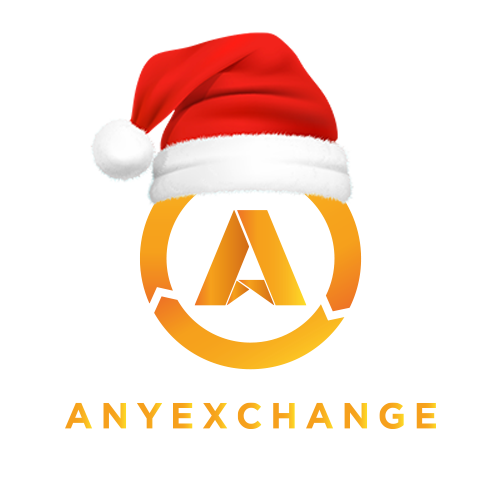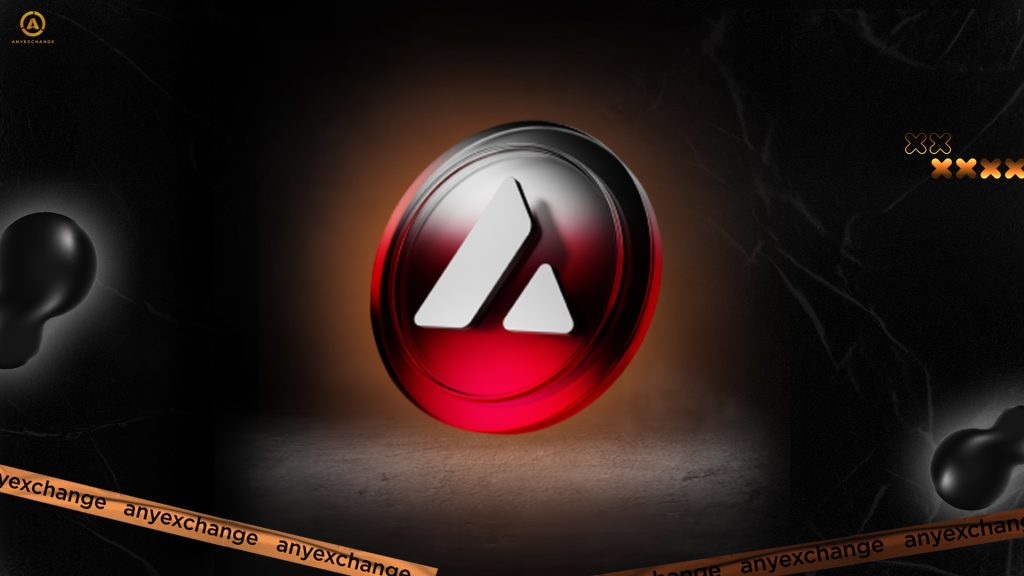
The Avalanche blockchain is one of the most notable examples of the new generation of high-performance, decentralized systems. Since its launch, it has rapidly become a leader thanks to its unique architecture, high transaction processing speed, and low fees. While Ethereum faces network congestion and Solana faces instability, Avalanche offers a flexible, modular, and scalable alternative.
In this article, we will take a detailed look at how the Avalanche ecosystem works, what the AVAX cryptocurrency is, and the role of subnets in ensuring scalability. Additionally, we will analyze the network’s current metrics, AVAX staking opportunities, and key Avalanche partnerships that will influence the project’s development in 2025.
What is Avalanche?
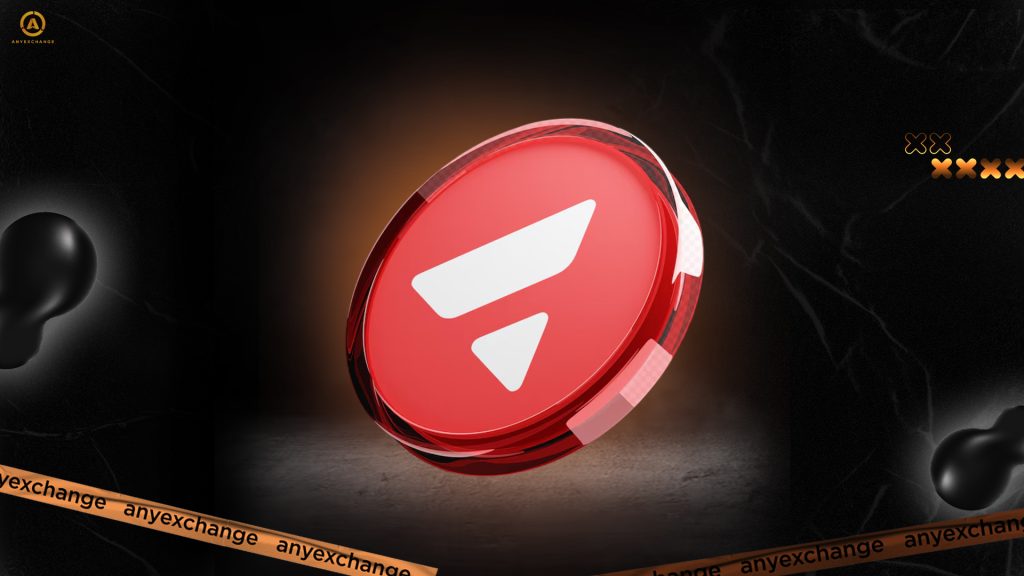
The Avalanche blockchain was launched in September 2020 by Ava Labs, an American company founded by Cornell University professor Emin Gün Sirer. From its early days, Avalanche has positioned itself as an ambitious alternative to Ethereum, offering higher throughput and better scalability without compromising decentralization.
Avalanche is a Layer-1 blockchain built from scratch that focuses on supporting decentralized applications, DeFi, NFTs, and enterprise solutions. Its architecture is based on the Proof-of-Stake consensus mechanism. The network can process over 4,500 transactions per second (TPS) with an average finalization time of 1–2 seconds and transaction fees under $0.05.
A key element of Avalanche’s architecture is Avalanche subnets, which are customizable blockchains that run on top of the main network. These subnets allow users to run separate blockchains with their own rules, validators, and tokens while remaining part of the global Avalanche infrastructure.
The central element of the economic model is the AVAX cryptocurrency, which is a native token used for paying for transactions, participating in staking, voting on subnet management, and interacting with decentralized protocols. AVAX holders can become validators by launching their own nodes or by delegating their tokens to other participants in exchange for rewards.
At the time of writing, AVAX ranks 14th on CoinMarketCap’s global cryptocurrency list, boasting a market capitalization of around $10 billion.
Technical features of Avalanche
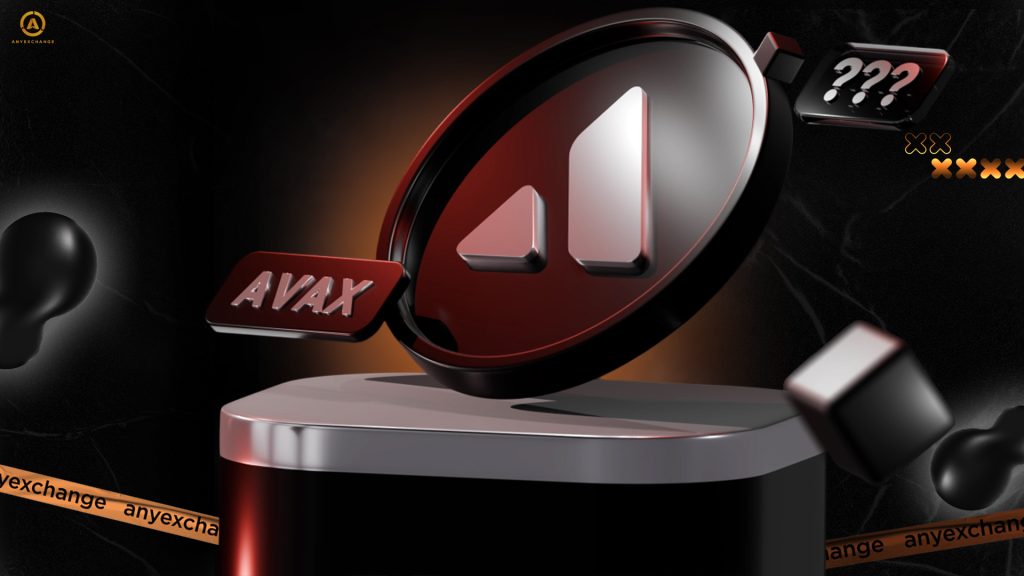
Its blockchain architecture is unique among Layer-1 solutions due to its modular structure. Rather than using a single universal chain, like Ethereum or Solana do, Avalanche uses three built-in chains that are connected by cross-chain interaction. Each performs specialized functions:
- The Avalanche X-Chain (Exchange Chain) creates, manages, and exchanges digital assets, including tokens and NFTs. It provides near-instant finality and minimal fees.
- The Avalanche C-Chain (Contract Chain) is designed to work with smart contracts that are compatible with the Ethereum Virtual Machine (EVM). This makes it easy to migrate existing Ethereum dApp projects to Avalanche while maintaining support for popular developer tools, such as MetaMask, Hardhat, and Remix. The main Avalanche DeFi and NFT applications are built on the C-Chain.
- The Avalanche P-Chain (Platform Chain) manages the validator network, organizes AVAX staking, and coordinates subnets. It is responsible for the blockchain’s scalability: users or organizations can create their own subnets with separate rules, tokens, economies, and validators while still being part of the overall infrastructure.
One of Avalanche’s most important technological breakthroughs is the ability to scale through subnets, which allows for the potential processing of up to 100,000 TPS. Each subnet can be tailored to specific requirements, ranging from regulatory to production. There are already subnets for gaming projects, institutional solutions, and even CBDC pilots.
Subnets: A Scaling Tool
Avalanche subnets provide a strategic advantage to the entire platform. They allow resource-intensive or specific applications to be isolated. For instance, one could create a subnet for a gaming project with a high TPS load or for a corporate blockchain that adheres to KYC/AML standards. Subnets provide horizontal scaling, enabling each application to develop independently without overloading the main network. This is especially important as the number of users and transactions grows.
This has already been implemented in practice in a number of projects. One of the most well-known examples is DeFi Kingdoms. It was originally based on Harmony, but then it migrated to Avalanche by creating its own subnet, DFK Chain. Another example is the Swimmer Network, which was developed for the GameFi project Crabada. Each of these subnets has its own economy and transaction management systеm and uses a set of validators while integrating with the Avalanche DeFi ecosystem.
Institutional investors are also showing considerable interest in this technology. Notable examples inсlude test subnets involving JPMorgan and other financial institutions that use isolation and customization capabilities to comply with international standards. Subnets enable the development of private blockchain environments integrated into the public network that are fully controlled by participants.
The Avalanche ecosystem: DeFi, NFTs, and DApps.
In the DeFi space, Trader Joe and Benqi remain the leading protocols. Trader Joe offers a comprehensive platform for swaps, farming, and lending. Benqi focuses on staking and lending, including the use of AVAX liquid staking tools. According to DeFiLlama, the ecosystem’s total TVL (total value locked) exceeds $700 million as of May 2025, demonstrating a steady recovery after the bear market.
The NFT space is also actively developing. The largest marketplace, Joepegs, provides a platform for artists, collectors, and gaming projects, offering low fees and fast transactions. Popular gaming projects inсlude Crabada, which runs on the Swimmer Network subnet, and Shrapnel, which focuses on AAA gaming in Web3.
Decentralized applications cover various areas, including finance, insurance, gaming, and social networks. Thanks to its compatibility with the Ethereum infrastructure, developers can easily port DApps written in Solidity. This ensures high accessibility for the millions of users who are already familiar with the EVM ecosystem.
Avalanche is actively developing partnerships with major corporations. For example, collaboration with Deloitte has enabled the creation of solutions for managing emergency funds. Mastercard is exploring tokenization and identification opportunities based on Avalanche subnets. The Avalanche Rush initiative continues to stimulate ecosystem development by offering grants and liquidity to promising projects.
Advantages of Avalanche for the blockchain industry
- High performance: The base network can process over 4,500 transactions per second, and subnets allow the network to theoretically scale to over 100,000 TPS without slowing confirmation speeds.
- Architectural flexibility: Subnets can be public or private. Companies can build corporate blockchains with custom rules, and decentralized teams can launch custom DApps in an open environment.
- Environmental sustainability: Using PoS reduces the carbon footprint, which is important for the ESG agenda and attracting institutional investment.
- Compatibility with Ethereum via C-Chain: This feature enables the easy migration and deployment of smart contracts, which lowers the barriers to entry into the ecosystem.
- Accessibility: Low fees (approximately $0.05 per transaction), straightforward staking, and a user-friendly interface make Avalanche appealing to both technical experts and ordinary users.
Challenges and risks for Avalanche
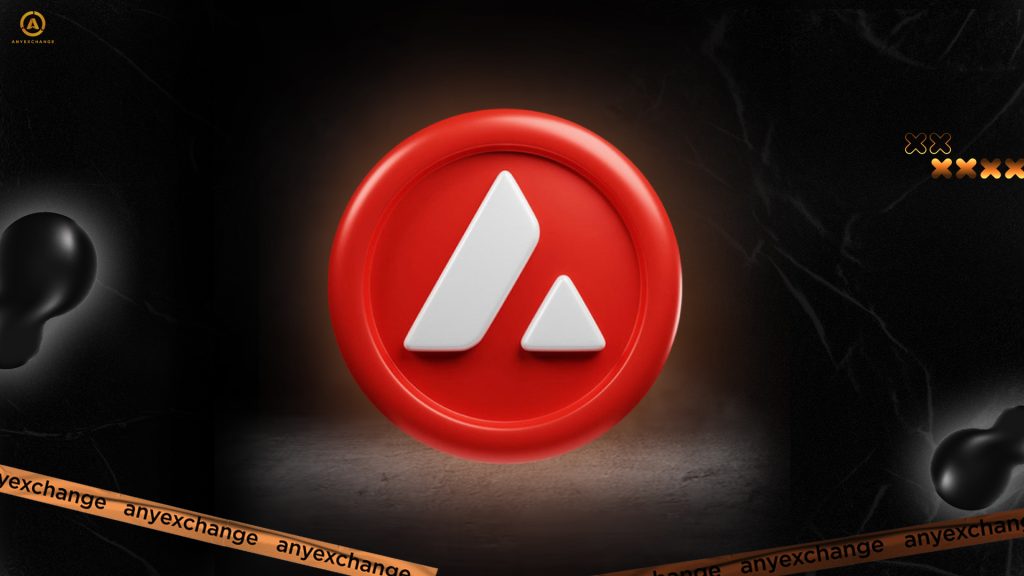
- Fierce competition in the Layer-1 and Layer-2 solutions sector: Ethereum continues to dominate the DeFi and smart contract segment, and Solana is actively attracting NFT and gaming projects by offering ultra-high throughput. Competition is further intensified by Polkadot’s parachains and Cosmos’s modular architecture. Avalanche also has a relatively low TVL compared to market leaders. While the blockchain is recovering from the crypto winter, the total amount of funds locked in the network remains significantly lower than that of Ethereum and Solana.
- Technological complexity: Developers must put in considerable effort to set things up and integrate them. Launching a subnet is more resource-intensive than deploying regular DApps because it requires allocating a separate pool of validators, following unique consensus rules, and supporting tokens.
- Regulatory risks: Using subnets for custom blockchains can lead to legal disputes, particularly if they circumvent KYC/AML regulations or are used in jurisdictions with strict requirements.
The Future of Avalanche in 2025
Against the backdrop of rapid blockchain innovation, Avalanche remains one of the most promising Layer-1 solutions, offering a clear strategy for scaling and adapting to the needs of retail and institutional users alike. In 2025, subnets will be a key driver of growth, with a significant increase in their number expected.
Notable cases inсlude GameFi projects with in-game economies, corporate blockchains created for asset management, and digital identity solutions. Interest in Web3 applications is growing as well. Social networks, streaming content platforms, crowdfunding sites, and decentralized autonomous organizations (DAOs) are increasingly choosing Avalanche because of its flexible architecture and low entry threshold.
Partnerships with tech and financial giants such as Mastercard, Circle, and Amazon Web Services are opening up access to new markets.
The DeFi ecosystem is showing signs of recovery. In the first half of 2025, the blockchain’s TVL grew by more than 40%, thanks to protocols such as Trader Joe, Benqi, and Struct Finance. In the NFT space, marketplaces such as Joepegs remain active, and gaming projects like Crabada and Shrapnel are expanding beyond the crypto community to attract a Web2 audience.
Analysts predict that, given the dynamics of development, AVAX could potentially transition into the top 10 cryptocurrencies by market capitalization, especially if subnets are widely implemented in real-world scenarios.
Conclusion
Avalanche occupies a leading position in the industry thanks to its unique approach to scalability through subnets. Its three-chain architecture — X-Chain, C-Chain, and P-Chain — enables high performance, flexibility, and adaptability to various use cases.
As the number of subnets grows, partnerships expand, and enterprise solutions are implemented, Avalanche strengthens its position as a technologically mature, scalable, and sought-after blockchain platform. AVAX’s potential in 2025 opens up interesting prospects for users and investors alike.
Follow Avalanche’s development, evaluate its capabilities, and seize the opportunities this project offers in the transition to Web3.
Thank you for your attention. Invest safely and profitably!
AnyExchange is an exchanger where you can convert cryptocurrency at the most favorable rate and make fast money transfers around the world.
FAQ
What is Avalanche?
It is a high-performance Layer-1 blockchain launched in 2020 by Ava Labs.
How do subnets work?
They are independent blockchains with their own rules, validators, and tokens that are connected to the main network. Subnets allow you to create custom solutions, isolate applications, and scale the ecosystem.
Why is Avalanche faster than Ethereum?
Avalanche’s three-chain architecture (X-Chain, C-Chain, and P-Chain) enables transaction finality in 1-2 seconds. In contrast, Ethereum is much slower without Layer-2 solutions.
What projects are running on Avalanche?
Leading DeFi protocols, such as Trader Joe and Benqi; NFT marketplaces, such as Joepegs; gaming projects, such as Crabada and Swimmer Network; corporate solutions; and Web3 applications are developing on the blockchain.
What are the prospects for AVAX in 2025?
The number of subnets is expected to grow, as is the TVL in DeFi. New partnerships with large companies are also expected, as is an increase in AVAX’s capitalization, which could bring it into the top 10 cryptocurrencies by market value.
